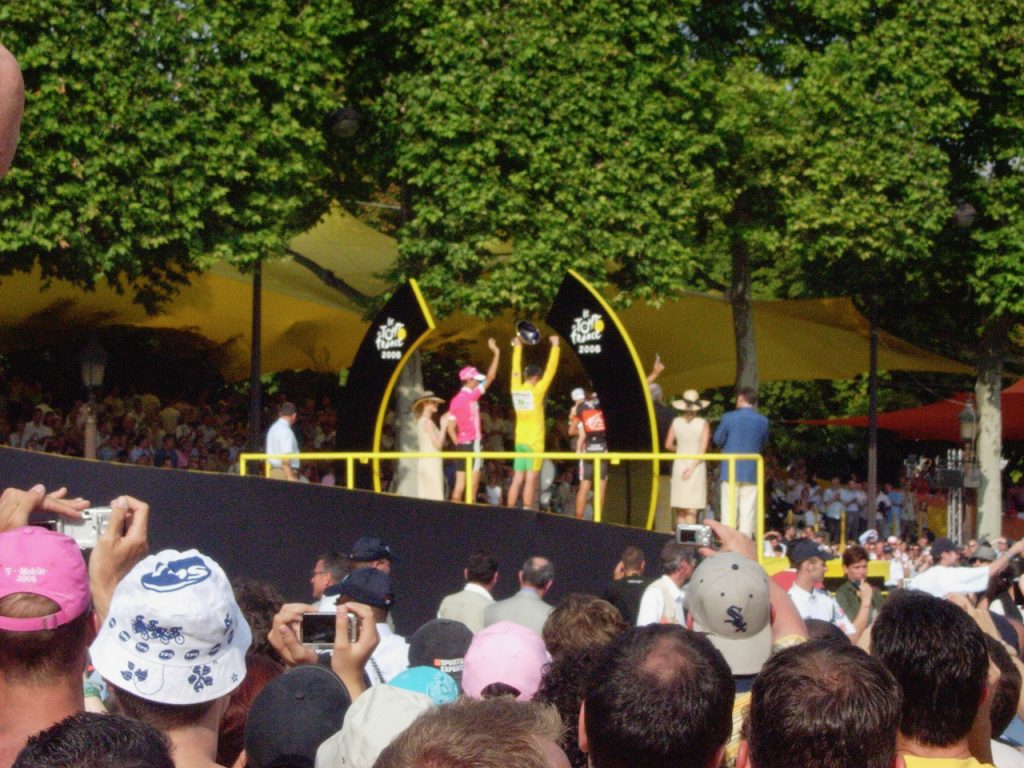I have contemplated on and off for years the way certain cities have a more of a major-league sports concentration than others. The factors that lead to each specific case are numerous and complicated. On a more base level, though, a quick glance at a city’s sports footprint says much about that city: its size, its presence in multiple markets, its interests.
Herewith, a tally by city of the major sports markets in America (covering MLB, NFL, NBA and NHL), in descending order of size, organized by my own arbitrary but numerically derived categories.
The majors
New York, Chicago, Atlanta, Boston, Dallas, Denver, Detroit, Miami, Philadelphia, Phoenix, Washington, DC. These 11 cities are the hosts with the most: a team from every sports league. Of them, New York is the most major of all, as it has two teams in every league except basketball–that is, if you include Long Island and exclude New Jersey, although come 2012 the NBA Nets move to Brooklyn, making the Big Apple that much bigger, and of course ignoring the fact that the NFL Giants and Jets don’t actually play in New York, but we’ll get to that. Chicago gets bragging rights for its two baseball teams, while Dallas gets a partial bye, since its baseball and football teams technically play over the border in Arlington.
The anomaly that the National Football League would rather you ignore
Los Angeles. Not only is this the only major broadcast market without a football team, but LA boasts six pro teams across the other three majors (if you include Anaheim in the tally, which MLB does, so we’ll let them claim the Angels and the NHL Ducks too). From this angle it’s crazy that there’s still no football team here.
The mid-majors
Cleveland, Houston, Pittsburgh, St. Louis, San Francisco, Tampa Bay, Toronto. These cities have 3/4 coverage, not a bad haul, especially for cities you wouldn’t otherwise think are major or important on other scales, like Tampa. Surprising, actually, that there are only seven cities with this kind of sports presence. I almost demoted San Francisco because the NBA Warriors still refer to their location as “Golden State,” which makes no sense to me, even with the Golden Gate Bridge in their logo. Also, bonus points to Toronto for being so American that it boasts several of our pro sports teams.
The players
Charlotte, Milwaukee, Baltimore, Buffalo, Cincinnati, Indianapolis, Kansas City, New Orleans, Oakland, San Diego, San Francisco, Seattle, Nashville. Each of these cities has two pro teams. Interestingly, all of them count a pro football team as one of the two (with the exception of Milwaukee, which has Green Bay up the road). Indianapolis and Nashville get less credit here than the others, because they have teams that cite a hometown state rather than the city.
States that matter, because their cities don’t
Minnesota and New Jersey each have two teams that don’t bother to name-check any town in particular. New Jersey’s sports footprint is so schizophrenic that the two football teams who play in the state actually have “NY” in their logos and pretend their port of call is across the Hudson River. And Utah has a lone sports team, which migrated there from New Orleans but retained its name, so we get to enjoy the dissonance of a team in straightlaced Salt Lake City called the Jazz.
Legacies
I love cities that have a sports team much larger than they would otherwise deserve. Green Bay, for one, with its legendary football club. And San Antonio with a leftover from the NBA-ABA merger in the 1970s–which, by the way, also explains the New Jersey Nets.
Canadian cities that make the list thanks to the NHL
Calgary, Edmonton, Montreal, Ottawa, Vancouver. I bet the CFL has a team in each of these cities. (Montreal had an MLB team until a few years ago, and Vancouver briefly sported an NBA franchise.)
One-sport oddities
Columbus has a hockey team. I don’t know why. Jacksonville has a football team, and not even the NFL is sure why. They play basketball in Memphis and Oklahoma City, mainly because wealthy men chose to buy teams and plunk them across town from their estates. Orlando, on the other hand, has a fairly strong basketball presence but no other teams.
Portland has a lone and legendarily popular basketball team; Sacramento also has an NBA presence. A few miles south, San Jose has a hockey team, which I’ve also never understood, although they always had a pretty terrific logo.
And speaking of hockey, the NHL has a team in Raleigh, N.C., which is probably why they call themselves the Carolina Hurricanes. Got all that?
